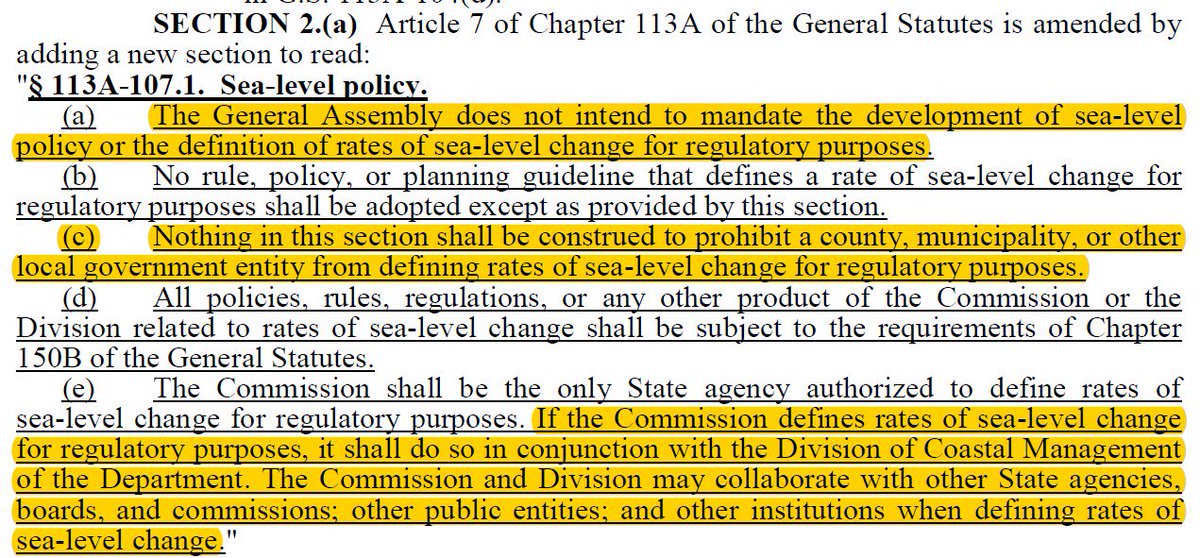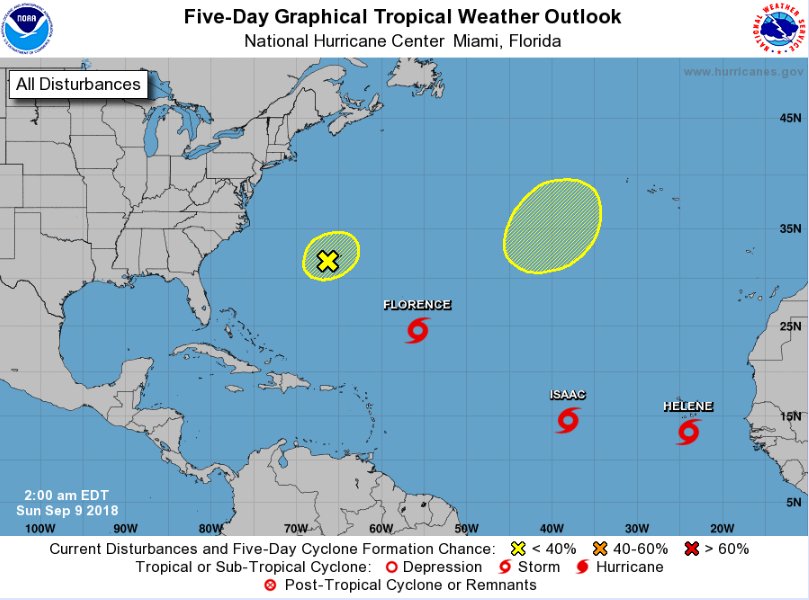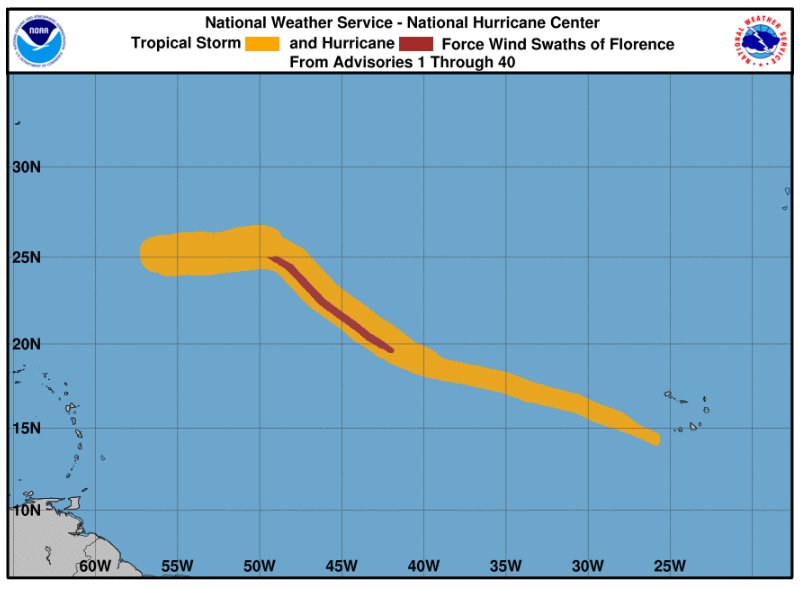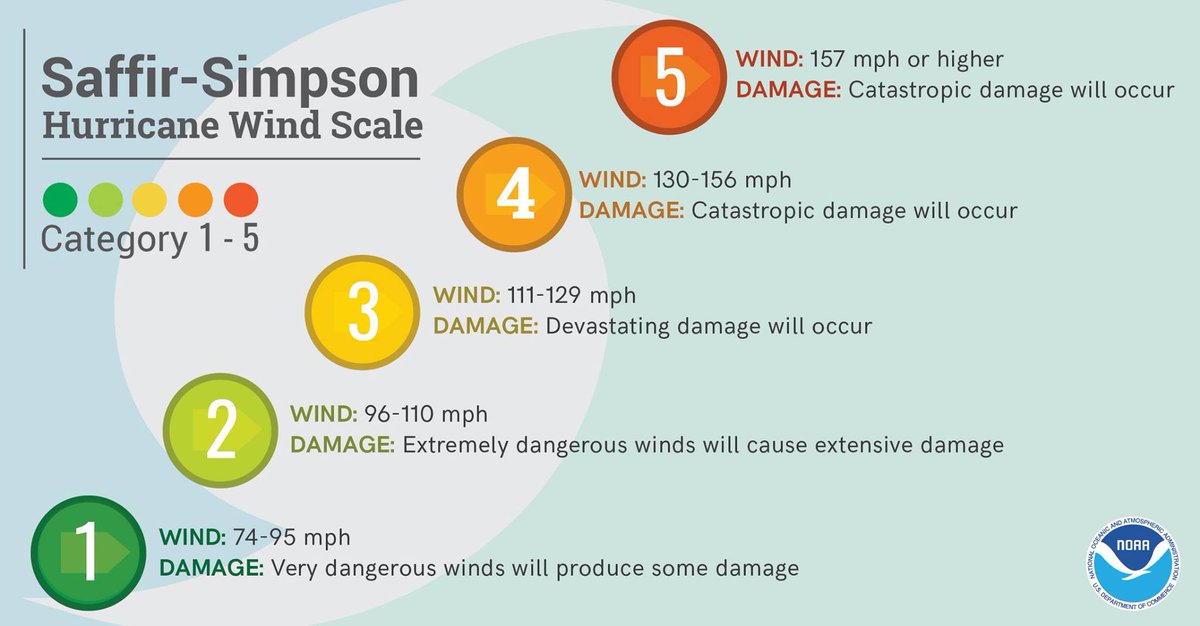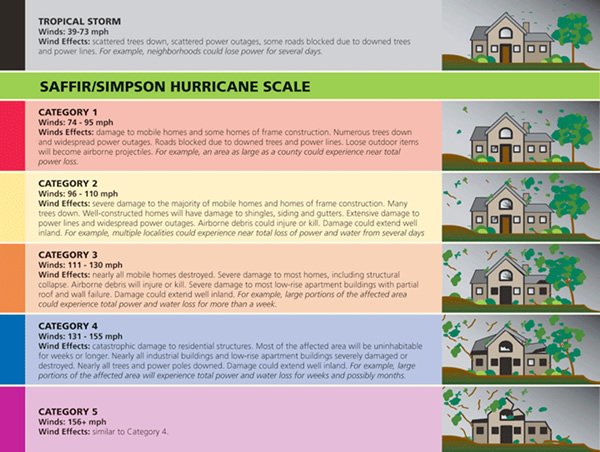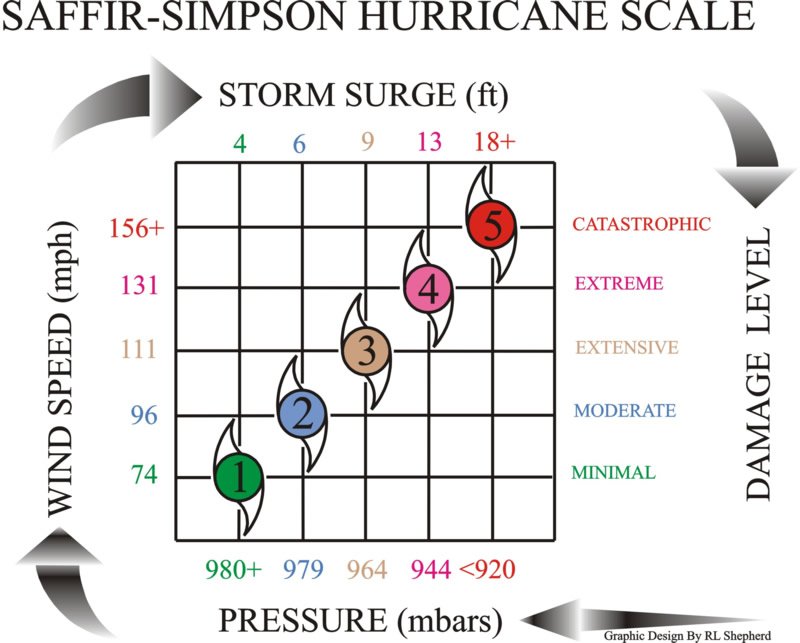Autumn -- the march of the seasons. Shorter days and cooler land temps
Eventually, the continued convection (storms) lowered pressure enough & shear abated to undergo the rapid intensification from 65-knots Hurricane to Major.
This is a function of forward motion. Faster storms win.
Harvey was fast moving, too, until it made landfall. The speed of movement over the ocean was key.
But what if anything is special and attributable to climate change?
Shallower coastal waters warm/cool quickly.
Muller-Karger et al. (2014) found the long-term trend (w/interannual variability) consistent with warming of Atlantic Multidecadal Oscillation. @curryja
Relative SST b/t Gulf and Hurricane Alley also seems to be a prognostic indicator.
What caused the wind shear? A typical October cold front ...
Why did storm continue intensifying up until landfall?
Had it another day over water (moved 50% slower), it would have undergone eyewall replacement cycle and weakened max winds
In 2016, Hermine took a similar track as Michael & formed an eye near landfall with 981 mb pressure












